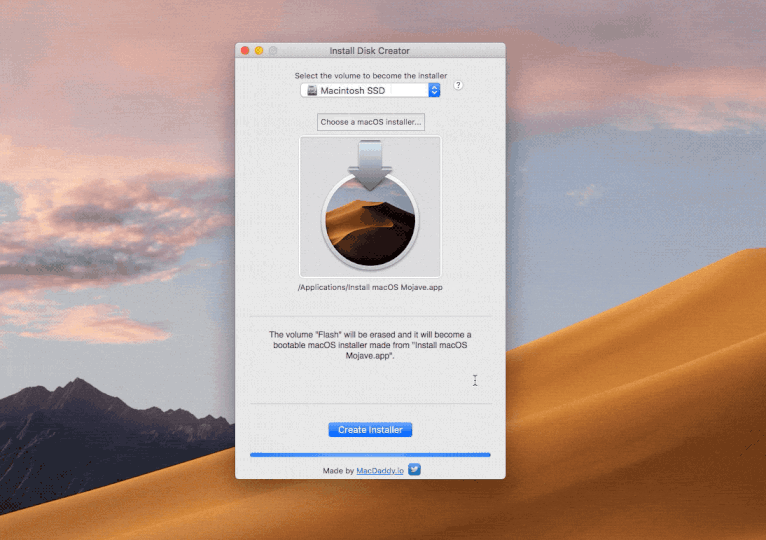

This ensures the maximum amount of data stays intact during the recovery process, and other background processes or the operating system itself do not overwrite any recoverable pieces of information. Disks alias gnome-disks can also clone from an iso file to a target device, usually a USB pendrive or memory card.
#STARTUP DISK CREATOR MAC INSTALL#
Connect it to any Mac, run Disk Drill and use the "Create Boot Drive" option on the main toolbar.ĭisk Drill let's you run all its data recovery algorithms via a bootable Mac USB drive. Starting with Ubuntu 16.04 LTS, the Ubuntu Startup Disk Creator, alias usb-creator-gtk, uses the cloning method. (Free) Style App Like Prisma on your Mac or PC (Free) Install Disk Creator Make a bootable macOS install disk (Free) Snoop Catcher Snapshots with your webcam on wake (Free) Duplicate Copy and paste anything, even a bootable disk. Make sure you have an extra storage device, which is at least 2GB in size.
#STARTUP DISK CREATOR MAC MAC OS X#
Starting with Disk Drill 3, anyone can create a bootable Mac OS X drive in a matter of minutes. It'll make your Mac boot from USB in just a few clicks. Disk Drill is by far the most convenient and up-to-date macOS bootable file rescue solution. Set it aside, calm down and download a bootable data recovery app using any other computer. You can turn your computer off, remove the drive in question from the docking station, do whatever may be required to prevent any further utilization of that drive.

Go to 'Create Boot Drive' feature, and choose the drive you would like to copy the OS X system files from to the new drive that we are building. The initial recommendation given to anyone who lost important data and would like to proceed with the data recovery is always to stop using the drive where the data was stored as soon as possible. To create a bootable Mac drive you need any disk with Mac OS X 10.11.0 El Capitan or newer (10.12 Sierra, 10.13 High Sierra, 10.14 Mojave, 10.15 Catalina) either running as your main system, or just being installed on a drive that's connected to your Mac at the moment.


 0 kommentar(er)
0 kommentar(er)
